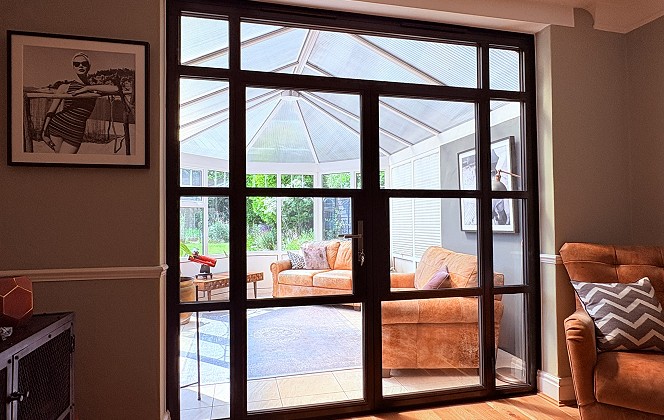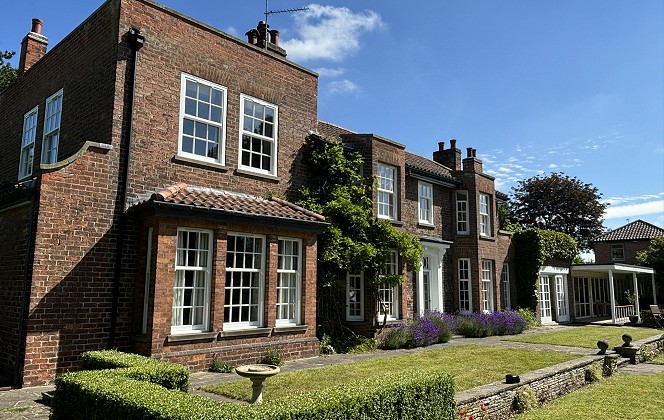Do you need planning permission for a conservatory?
13th January 2023
Building a conservatory is one of the best ways to add extra room (and value) to your home.
At EYG, we are an award-winning conservatory installer, and we know the issue of conservatories and planning permission can be an area which confuses people.
Thankfully, an update to UK planning laws was made by the Government in May 2019 to made the whole process much easier to understand.
The information provided in this guide WILL help you understand what you can and cannot do without Planning Permission.
For specific help, contact your Local Planning Authority and seek independent advice.
Order a new conservatory from EYG and we will apply for all the consents needed on your behalf – as part of our stress-free project management promise.
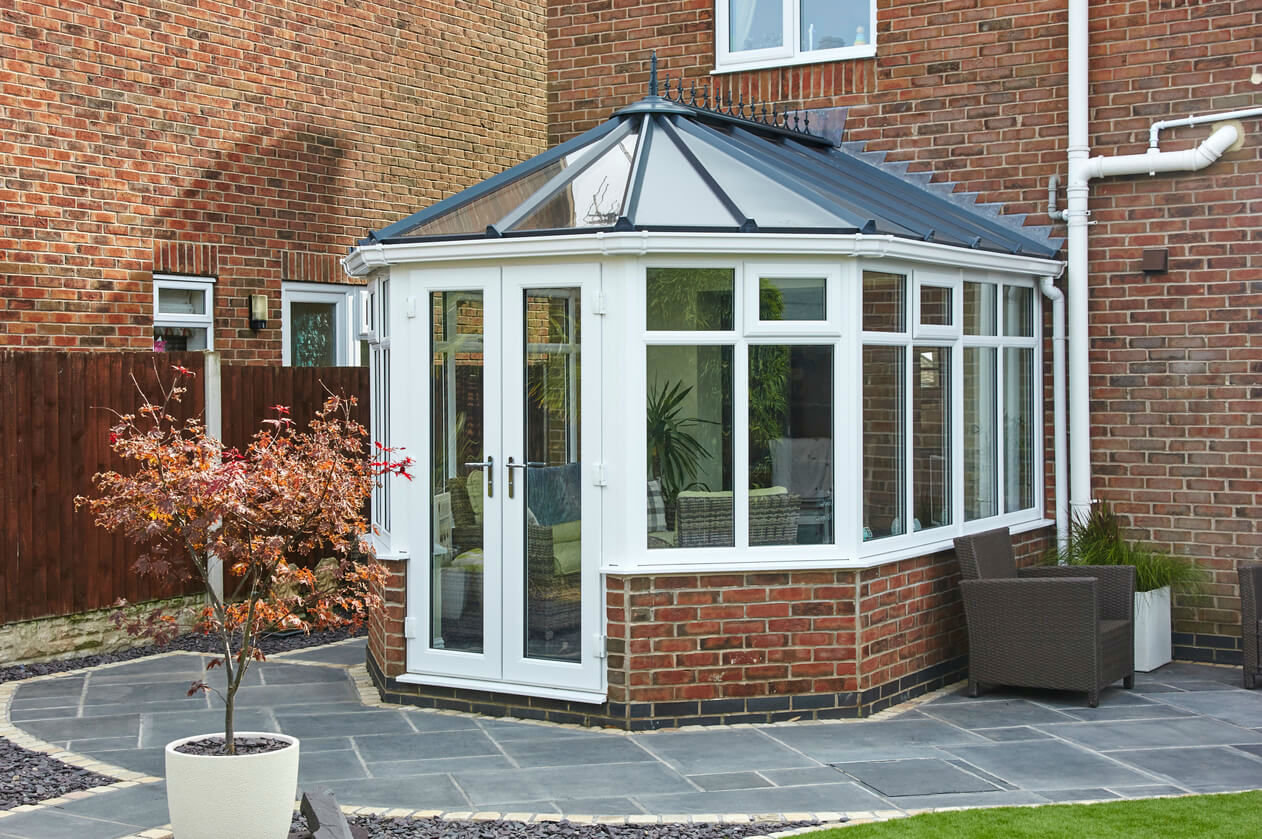
Planning permission for conservatories explained
To build on, or modify, the use of land or buildings in the UK you are required by law to obtain Planning Permission.
Planning Permission is meant to take into consideration the visual and aesthetic effect of a new building or extension on the existing homes in the surrounding area.
It is often confused with Building Regulations - full details of which are outlined later in this guide.
You CAN build certain types of structure WITHOUT applying for Planning Permission because of ‘permitted development rights’ which are granted by Parliament. Some conservatories and single-storey extensions fall into this category.
At EYG, we always recommend checking whether you need planning permission for your conservatory before the construction process begins. We believe this gives you complete peace of mind before a penny has been spent.
Click here for a free no obligation quotation for our conservatory range!
Do conservatories need planning permission?
Whether a conservatory needs Planning Permission or not depends entirely on your project’s specifications.
In most cases, planning permission is NOT necessary for a conservatory because adding one to your home is usually allowed under ‘permitted development’ rules – but this is subject to certain conditions.
On 25 May 2019, the Government officially relaxed its permitted conservatory development rights to allow homeowners in England to build larger extensions WITHOUT planning permission.
UK law now states…
- Terraced and semi-detached homes CAN make additions up to 6m WITHOUT planning permission.
- Detached houses CAN now add large structures up to 8m WITHOUT planning permission.
Rather than apply for Planning Permission, you will need to ensure your conservatory doesn’t negatively impact on the living space of your neighbours.
Neighbours WILL still be consulted and can raise objections to extensions under the ‘Neighbour Consultation Scheme’
You CAN build a conservatory or single-storey extension without planning permission if:
- It is a maximum height of 4m high or 3m high (if within 2m of a boundary).
- The conservatory does not cover more than half the garden.
- The roof ridge or top point is not higher than the eaves of a property’s roof.
- Side extensions do not extend beyond half the width of the house.
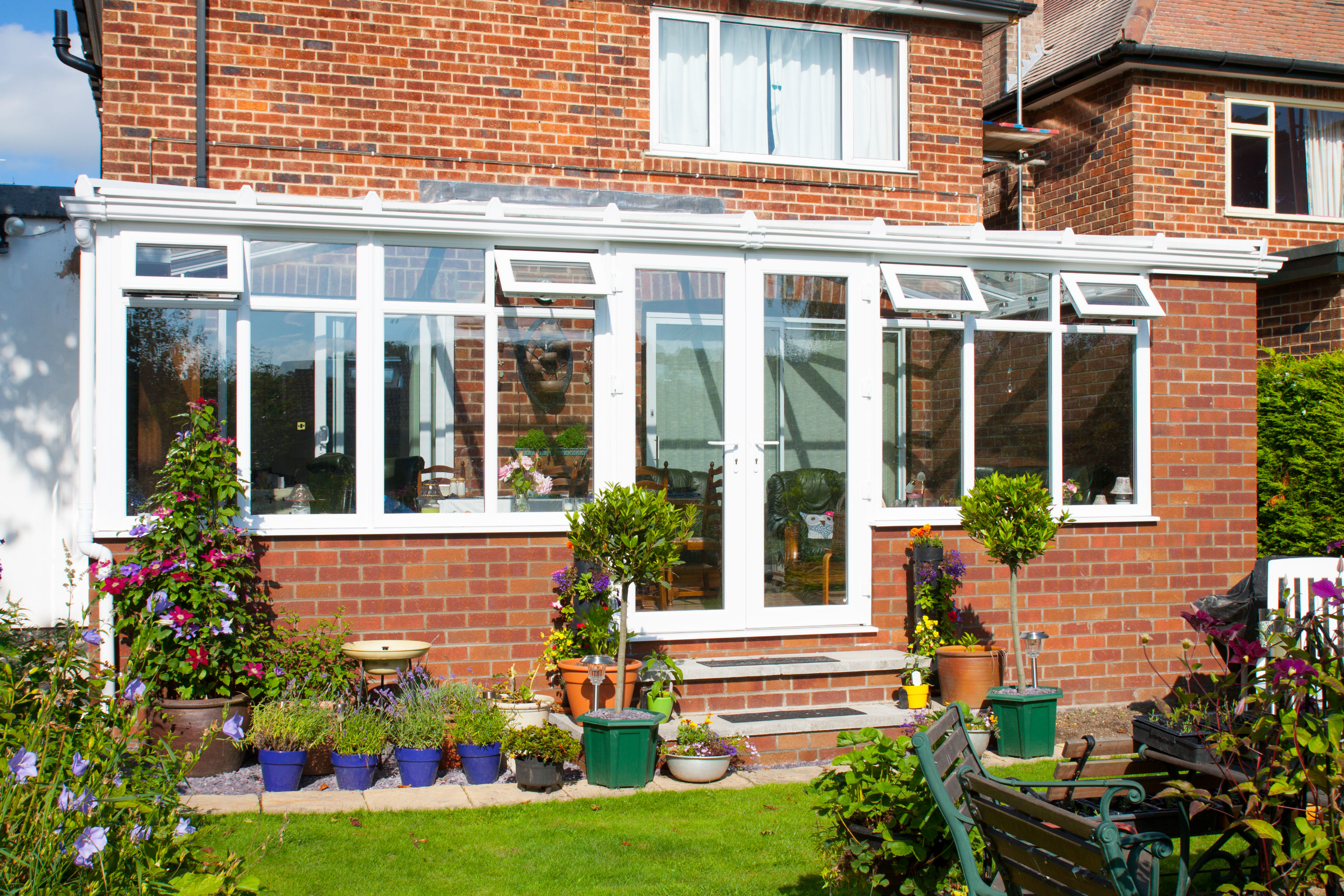
What’s the official Government stance on extending your home?
According to the UK Government’s planning authority, an extension (such as a conservatory) can be built under ‘permitted development’ if:
- No more than half the area of land around the original house* would be covered by additions or other buildings.
- Extensions of more than one storey must not extend beyond the rear wall of the original house* by more than 3m or be within 7m of any boundary opposite the rear wall of the house.
- A single-storey rear extension does NOT extend beyond the rear wall of the original house* by more than 8m if a detached house or 6m if an attached house.
- No extension is further forward than the principal elevation or side elevation which fronts a highway.
- No extension is higher than the highest part of the roof of the original house*.
- The maximum height of the single-storey rear extension is 4m.
- The maximum height for the eaves of an extension must be within 2m of the boundary of 3m.
- The maximum eaves and ridge height of an extension must be no higher than existing house.
- A side extension is single storey and a maximum height of 4m and width no more than half that of the original house*
- The roof pitch of an extension higher than one storey matches the existing house.
- There are no verandas, balconies or raised platforms.
- On designated land* permitted development is not allowed for rear extensions of more than one storey. They also cannot have any exterior cladding or side extensions.
*According to the Planning Authorities, the term ‘original house’ means the property as it was first built or as it stood on 1 July 1948 - if it was built before that date. Even if you have not built an extension to the house, you may need to check in case a previous owner has done so.
^The term ‘designated land’ includes National Parks and the Broads, Areas of Outstanding Natural Beauty, conservation areas and World Heritage Sites.
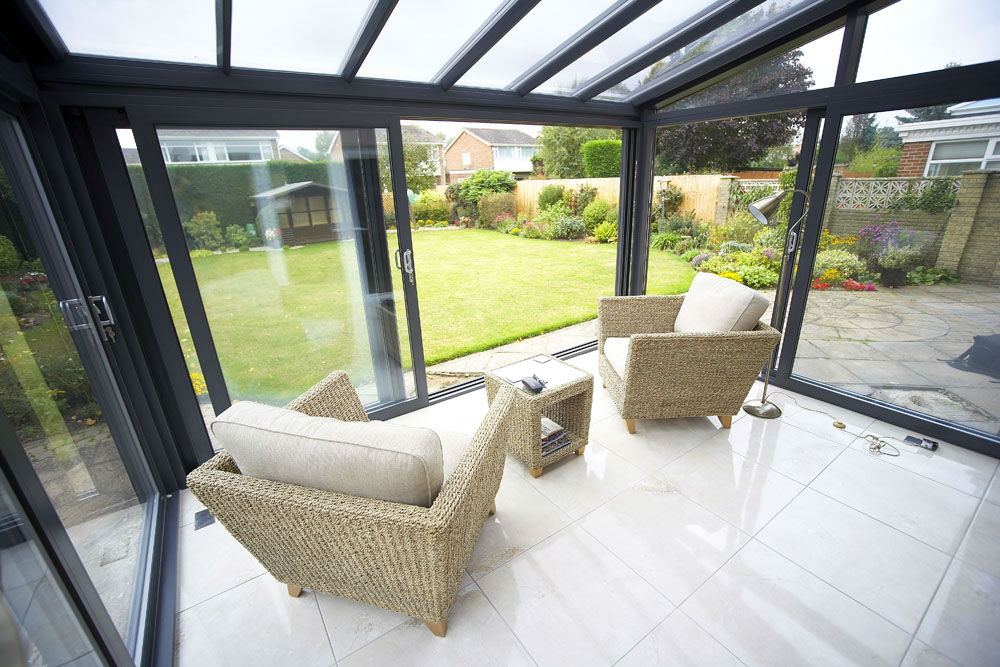
Why were the changes brought in?
According to the Government, the law has been altered so that families in England can grow without being forced to move.
It is hoped that these measures will help people to extend their homes without battling through time-consuming red tape and regulations.
Before May 2013, planning restrictions only allowed detached houses to have a single storey extension of no greater than 4m and for all non-detached properties this was a maximum of 3m.
For a detached house the maximum you can NOW extend is 8 metres. For terraced or semi-detached property, you can increase up to 6 metres.
How do the new rules actually work?
Rather than waiting what could be months for approval, homeowners WILL now notify the council of any building work beforehand. It is then up to council officials to inform the neighbours. At EYG, we always recommend doing this anyway if you have a good relationship.
If your neighbours raise any concerns, the council MUST decide if the extension is likely to harm the character or enjoyment of the area. If they think this is the case, the council may block the plans or ask for them to be amended.
At EYG, we take the hassle out of this process by applying for all permissions on your behalf once your order is placed. If a neighbour objects to the plans at this stage, full planning would be required - and we would again handle all of this.
Protections STILL remain in place:
If your property is located in a place of special scientific interest or a protected area – such as a conservation area, National Park, World Heritage Site or Area of Outstanding National Beauty (AONB) – the 2019 law changes DON’T apply.
The removal of ‘permitted development’ rights:
Be warned, some properties are built with their ‘permitted development’ rights removed. If this is the case, you WILL need Planning Permission to build any kind of extension or conservatory.
Planning Permission for flats and maisonettes:
It’s interesting to note the ‘permitted development’ allowances described above do not apply to flats or maisonettes – they WILL still need to obtain full planning permission.
Planning Permission for homes in Wales, Scotland and Northern Ireland:
In Scotland, Wales and Northern Ireland, different planning rules apply.
Rear extensions of more than 3m or 4m long WILL continue to require a full planning application.
No VAT on new-build conservatories:
If your house is a ‘new build’ check with the developer whether the property has had a restriction placed on it. If not, and your new home is still to be completed, you could legitimately avoid paying VAT on a conservatory because of a HMRC exemption.
Building regulations for conservatories explained
Building Regulations are a set of standards that govern the construction industry in relation to the health and safety of a building and its users. They define how a structure must be built in terms of its thermal efficiency and environmental impact.
If you want to add a conservatory to your home, you may require Building Regulations.
A conservatory IS EXEMPT from building regulations when..
- The floor area of that extension does not exceed 30m2, provided that in the case of a conservatory or porch which is wholly or partly glazed.
- It has an independent heating system – not attached to central heating.
- Built only at ground level.
- A thermal barrier to separate dwelling and conservatory (for example a window/door).
Building Regulations for open-plan conservatories
The Building Regulations for an open-plan conservatory are different.
Removing any exterior doors or walls between your house and conservatory WILL require building regulations approval.
To gain this, you must prove that any new structural opening does not result in your conservatory (or the rest of the house) being less energy efficient.
In circumstances where an application is necessary, you will be required to submit full structural, working drawings and heat-loss calculations to building control. They will then assess the installation and decide whether to give their approval. Here at EYG we employ our own Building Control Surveyor to oversee all the work for you
To discover whether building regulations will apply to your project, email customercare@eyggroup.com for advice. Plan your project with EYG and we’ll do this for you.
Building Regulations for homes in Scotland and Northern Ireland
Homeowners living in Scotland, where building regulations are much more complex, should visit here for information.
Residents in Northern Ireland can consult this planning portal to see their country’s current legislation.
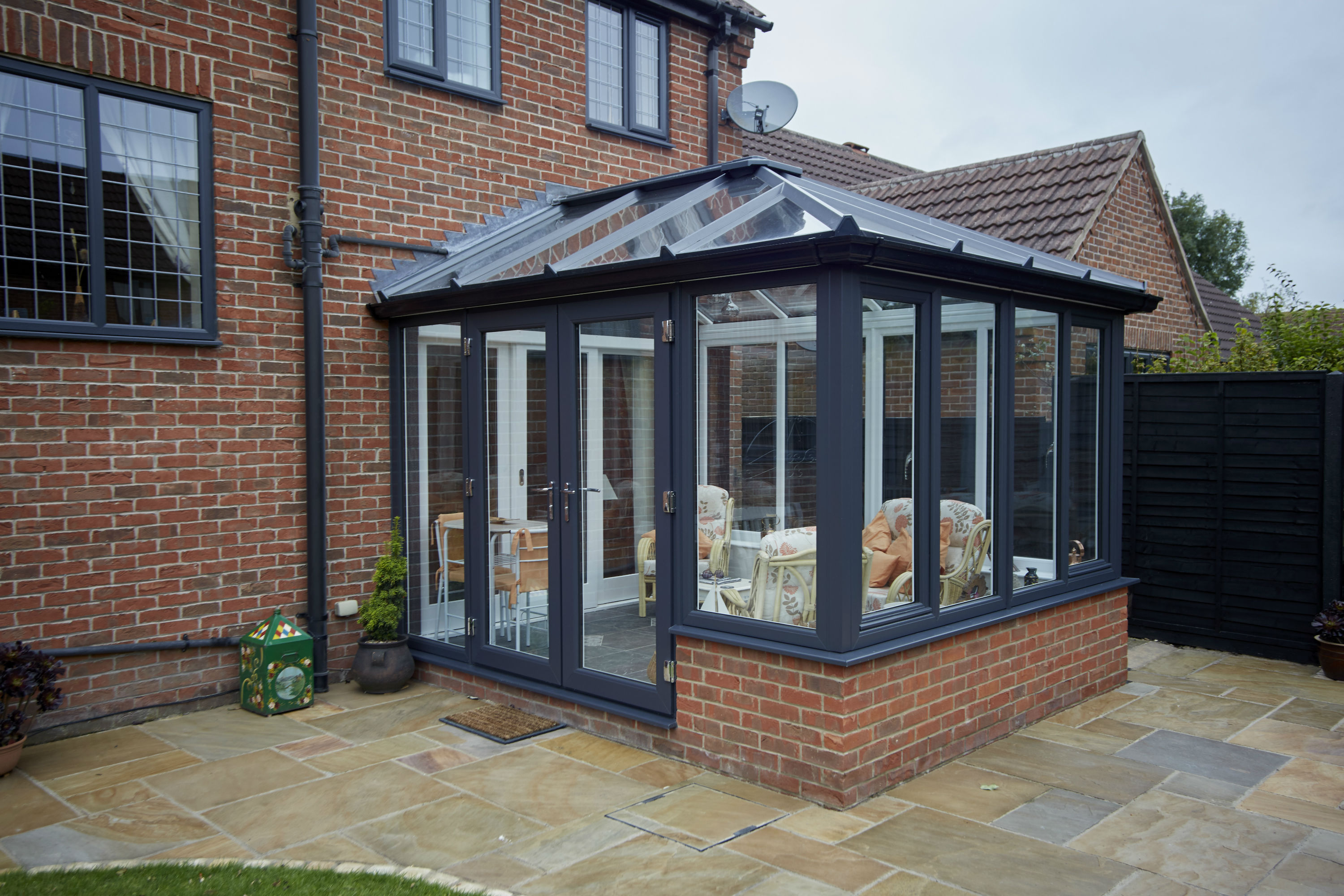
Other things to consider when planning a conservatory
Water board authority approval
If you intend to build on or within three metres of a public sewer, you must get permission from the regional water board authority but this is normally a formality.
Once your conservatory installation is complete, a local building control officer will inspect it to ensure no damage has been done to the sewer.
Listed buildings and conservation areas
Listed buildings or properties which lie in a conservation area must comply with strict rules which restrict the work which can be done to the exterior of a property without getting planning permission first. The main issue with these houses is that any alteration, such as a new conservatory, must be in-keeping with the property.
Restrictive covenants
Some properties are built with restrictive covenants on them, a private agreement in the title deeds which outlines ways in which they may and may not be used or developed.
If this is the case, you may be able to add a conservatory to your home if the design is sympathetic to the property's overall appearance and as long as you abide by certain permitted development guidelines.
Party wall approval
In England and Wales, obtaining a ‘party wall agreement’ can sometimes be necessary before building a new conservatory. This is usually required when you intend to excavate near to a neighbouring property to lay foundations.
Before making any changes on or near a boundary that separates two properties, you must notify your neighbour in writing at least 2 months in advance regarding the construction.
Design your conservatory with confidence
Taking the decision to extend your home is a big commitment.
It often requires a lot of research before deciding to make the financial investment.
Even after weighing up all the options, you may not be able to begin work without gaining approval. This is because you must abide by the various building regulations and planning permission for conservatories that are currently in place.
If you want to extend your home, we are proud to be a leading UK conservatory installer – and we’re highly-experienced in this area.
Whether your new conservatory needs planning permission or not depends entirely on your specifications.
But failing to make the appropriate checks could prove to be an expensive mistake - because local authorities possess the power to demolish structures which are built illegally.
At EYG, we always recommend checking whether you need planning permission for your conservatory before the construction process begins.
Work in partnership with us and we will do this on your behalf – because we believe it gives you complete peace of mind before a penny has been spent.
To turn your conservatory dream into a reality, please get in touch or call 0800 181888 - we'll be happy to arrange a FREE home visit and no-obligation quote.
We are an award-winning conservatory installer with a huge range of styles, materials and colours to choose from. Call today on 0800 181 888.
-
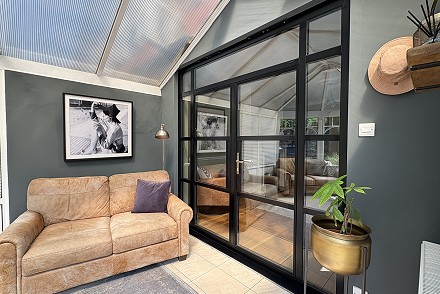
EYG customer delighted with new Heritage Doors which have replaced patio doors to bring ‘stylish’ new look
-
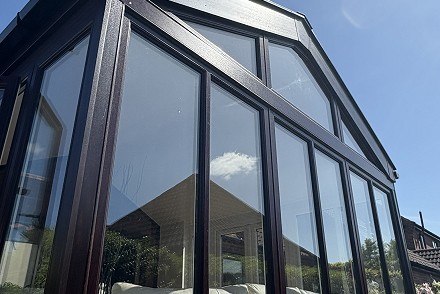
EYG products provide the ‘wow factor’ and expertise offers ‘peace of mind’ as couple complete full home makeover
-
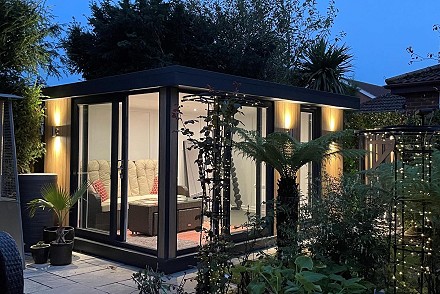
Make a great lifestyle choice in 2025 with a bespoke EYG garden room – installed and ready for use THIS SUMMER!
-
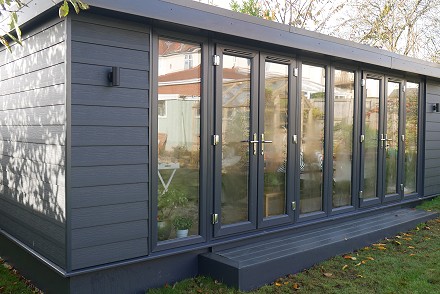
EYG builds its biggest ever garden room for family with four generations all under one roof!



